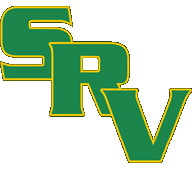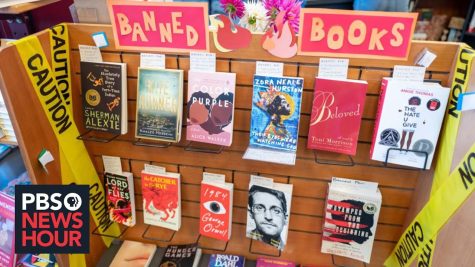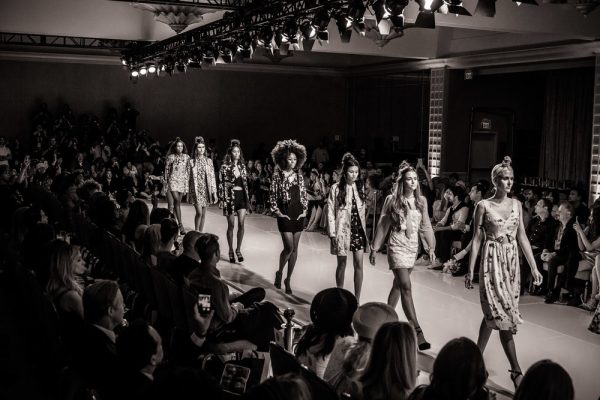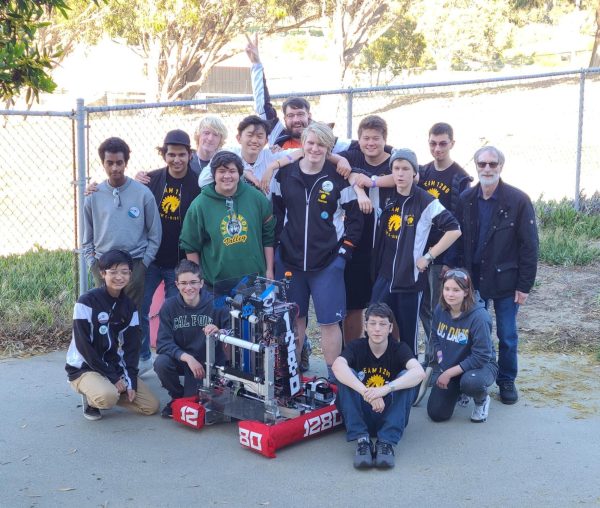Autism Speaks Doesn’t Speak For Everyone
It’s April yet again, and for many people, the name of this month is synonymous with images of Easter eggs, colorful flowers, and the first days of sunshine after a dark, cold winter. But for some people, April is representative of something else as well. April is Autism Acceptance Month, and throughout the country, schools and other organizations are celebrating neurodiversity with art, posters, and educational programs. While the people behind these celebrations are no doubt well-intentioned, many Autism Acceptance programs make a serious, completely avoidable mistake: Collaborating with an organization called Autism Speaks.
To understand the controversy behind Autism Speaks, we need to understand its origins. This organization was founded in 2005 by Bob and Suzanne Wright, the concerned grandparents of an autistic child. It grew into an enormous organization practically overnight, and it continues to bring in millions of dollars in revenue annually. To those who don’t know any better, Autism Speaks seems like a perfectly respectable charity. But if those people delved deeper into this organization’s history, they would find that the truth is much, much different.
While there is no one singular autistic experience, and the opinions and goals of autistic activists vary, nearly all of these activists can agree on one thing: Autism is not something to be “cured”. It is not a disease; it’s a disability that makes people think and act in a way different from their non-autistic peers. “Curing” autism would be equivalent to erasing what makes autistic individuals who they are. And yet, that’s exactly why Autism Speaks was founded: With the intention of “curing” autism. Instead of advocating for the acceptance and inclusion of disabled children, the organization contributes to the stigma surrounding their condition.
Furthermore, only a small percentage of the money donated to Autism Speaks -believed by some sources to be as low as 1%- goes to family services. For comparison, nearly half of that money goes to “awareness” campaigns, and another 20% goes to fundraising. In other words, for every dollar donated to this organization, only one penny actually goes to the people they claim to help. Additionally, despite their name, Autism Speaks doesn’t actually let autistic people speak for themselves. The organization currently has 28 members on its Board of Directors, and only one of them is autistic. And even then, autistic writer and former Autism Speaks member John Elder Robinson revealed that his perspective and input was ignored by the other board members.
Moreover, many people have taken issue with the organization’s choice of language and symbolism. Autism Speaks pushes for autism “awareness”, even though most people are already at least aware of autism. The true goal of autistic advocacy campaigns is the acceptance and inclusion of autistic people, which, for many individuals, has yet to be achieved. The blue puzzle piece logo displayed by Autism Speaks -and many autism acceptance posters- is also extremely contentious, and not just because of its association with a controversial organization. Critics have pointed out that using a puzzle piece to represent autism implies that those with the condition are “incomplete”, or that they are a puzzle in need of “solving”. Many autistic people prefer the rainbow infinity sign as an alternative symbol, as it represents the diversity found within the autistic community. Likewise, many advocates prefer to use red, gold, or rainbow color schemes to represent autism as opposed to Autism Speaks’ signature blue.
Given all of the information stated above, it is easy to understand why so many autism advocates disapprove of Autism Speaks. And yet, the organization remains the largest autism-related organization, complete with something of a monopoly on “awareness” campaigns during Autism Acceptance Month. As stated above, many schools -including our own- put up posters with Autism Speaks’ blue puzzle piece on them as a way of “celebrating” the autistic community. While good intentions are always appreciated, and embracing diversity is undeniably important, messages of tolerance and inclusion can get lost if executed improperly. And supporting a group that harms the very community you’re trying to embrace is certainly a mistake.
Going forward, it would be beneficial for schools to consult autistic people before planning any sort of neurodiversity-related event. And, needless to say, schools should also support reputable autism organizations other than Autism Speaks, such as the Autistic Self Advocacy Network or the Autism Society of America. Taking these small steps towards true acceptance and inclusion would make a world of difference to our entire community.
Works cited:
Before you donate to autism speaks, consider the facts. Autistic Self Advocacy Network. (n.d.). Retrieved April 18, 2023, from https://autisticadvocacy.org/wp-content/uploads/2017/04/AutismSpeaksFlyer2020.pdf
Morales, T. (2022, July 16). Autism speaks is the largest autism organization - so why don’t autistic people like it? Medium. Retrieved April 19, 2023, from https://medium.com/artfullyautistic/autism-speaks-is-the-largest-autism-organization-so-why-dont-autistic-people-like-it-f7b3bd30dd5c
Ulatowski, R. (2022, October 24). Autism speaks controversy explained. The Mary Sue. Retrieved April 18, 2023, from https://www.themarysue.com/the-autism-speaks-controversy-explained/
Willingham, E. (2022, October 12). Why autism speaks doesn’t speak for me. Forbes. Retrieved April 18, 2023, from https://www.forbes.com/sites/emilywillingham/2013/11/13/why-autism-speaks-doesnt-speak-for-me/?sh=43df85fe3152











